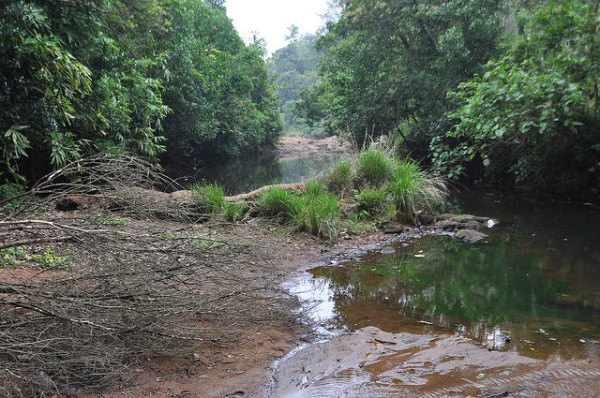California residents, if there is anything to worry about in 2015, it’s the drought. We are moving into the fourth year of the worst drought we have experienced in modern history; we need to seriously think about a long term strategy to save water. This drought is a public health crisis in the making.
The CDC recently released a 51-page report to public health officials on the concerns of drought. The report states, “the slow rise or chronic nature of drought can result in longer term, indirect health implications that are not always easy to anticipate or monitor.” The underlying theme to the report is the process of stagnation. With minimal precipitation, we see a loss of running bodies of water such as rivers, creaks, or streams; bodies of water fed by such sources will then be subject to stagnation.
Stagnation occurs because in warmer temperatures, as associated with drought, oxygen is less soluble in water. If there are no sources of fresh water to bring oxygen in, even large bodies of water, like reservoirs, can easily be susceptible. This has devastating effects on the wildlife within the reservoirs, killing fish or creating a haven for bacteria.
It is easy to imagine how stagnant water can lead to infectious disease. Stagnant water a is crucial component to the life cycle of a mosquito. Apart from their irritatingly itchy bite, mosquitoes are vectors for serious infectious diseases, the West Nile virus for example. In 2014, the CDC reported that there were were 399 cases of the West Nile disease in the US and 128 of those were in California, which is over 30% of cases. Another example of mosquito-borne disease is Dirofilara immitis, known to dog and cat owners simply as “heartworm disease”. It is currently estimated that approximately 20% of the coyote population in Los Angeles is infected with the disease, acting as “reservoirs” for the infection. Heartworm disease is spread by mosquitoes who consume D. immitis eggs in the blood of a reservoir creature then later feed on a cat or dog, unintentionally injecting the eggs into their new host. The good news, however, is that heartworm disease is easily prevented in pets with monthly treatment.
Feature Image Source: NurPhoto
In addition to infectious disease, pollution is another cause for concern. See Don’t Doubt The California Drought! Part II: Polluted Waters for more information.
Feature Image Source: Shankar S.











Brilliant Jenny